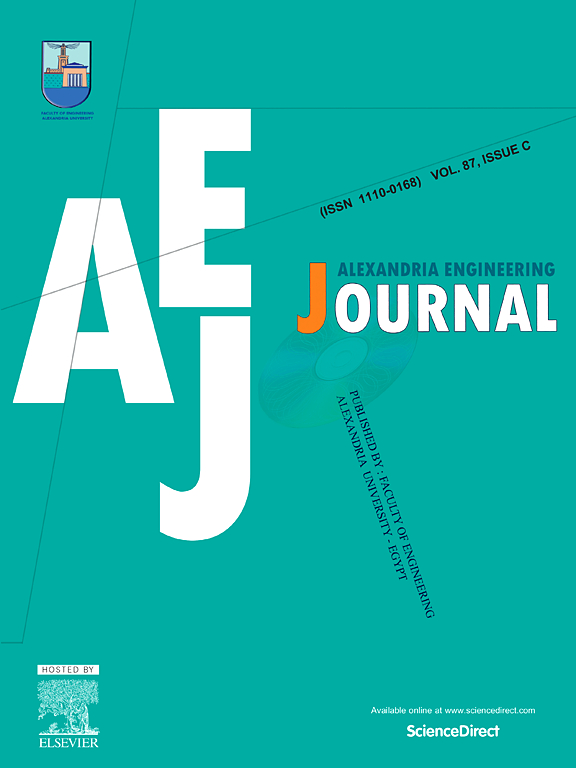Numerical comparison of aerodynamic performance between stationary and moving trains with varied-height windbreak wall under crosswind
IF 6.2
2区 工程技术
Q1 ENGINEERING, MULTIDISCIPLINARY
引用次数: 0
Abstract
This paper investigates the impact of windbreak wall’s heights on the aerodynamic characteristics’ difference of trains between moving and stationary numerical simulation methods. The 1/8 scaled train model with windbreak wall at three heights under crosswind was simulated based on the IDDES turbulence model. The results found that the error of aerodynamic loads between two simulation methods increases with the elevation of the windbreak wall’s height with the largest value observed in the tail car. Comparing the time-averaged pressure on the train body in the two simulation methods, the most notable disparity manifests in the head car. The negative pressure around head car in stationary case is larger than that in moving case. For stationary simulation, the flow field is primarily influenced by the vortex structures generated at the end of the windbreak wall. In contrast, for moving simulation, the vortex structures on the leeward side of the train are predominantly formed by the detachment from the train’s top. In conclusion, the aerodynamic loads and flow field characteristics of the train exhibit noticeable discrepancies under two simulation methods, and the disparities increase with the elevation of the windbreak wall’s height.
横风条件下带有不同高度挡风墙的静止列车和动车组空气动力性能的数值比较
本文研究了移动和静止数值模拟方法中挡风墙高度对列车气动特性差异的影响。基于 IDDES 湍流模型,模拟了 1/8 比例列车模型在横风条件下三种高度的挡风墙。结果发现,两种模拟方法之间的空气动力载荷误差随着挡风墙高度的升高而增大,在尾部车厢观察到的误差值最大。比较两种模拟方法对列车车体的时均压力,最显著的差异表现在头车。静止情况下头车周围的负压大于移动情况下的负压。在静止模拟中,流场主要受防风墙末端产生的涡流结构影响。相反,在移动模拟中,列车左侧的涡流结构主要是由列车顶部的脱落物形成的。总之,在两种模拟方法下,列车的空气动力载荷和流场特性表现出明显的差异,而且差异随着挡风墙高度的升高而增大。
本文章由计算机程序翻译,如有差异,请以英文原文为准。
求助全文
约1分钟内获得全文
求助全文
来源期刊

alexandria engineering journal
Engineering-General Engineering
CiteScore
11.20
自引率
4.40%
发文量
1015
审稿时长
43 days
期刊介绍:
Alexandria Engineering Journal is an international journal devoted to publishing high quality papers in the field of engineering and applied science. Alexandria Engineering Journal is cited in the Engineering Information Services (EIS) and the Chemical Abstracts (CA). The papers published in Alexandria Engineering Journal are grouped into five sections, according to the following classification:
• Mechanical, Production, Marine and Textile Engineering
• Electrical Engineering, Computer Science and Nuclear Engineering
• Civil and Architecture Engineering
• Chemical Engineering and Applied Sciences
• Environmental Engineering
 求助内容:
求助内容: 应助结果提醒方式:
应助结果提醒方式:


